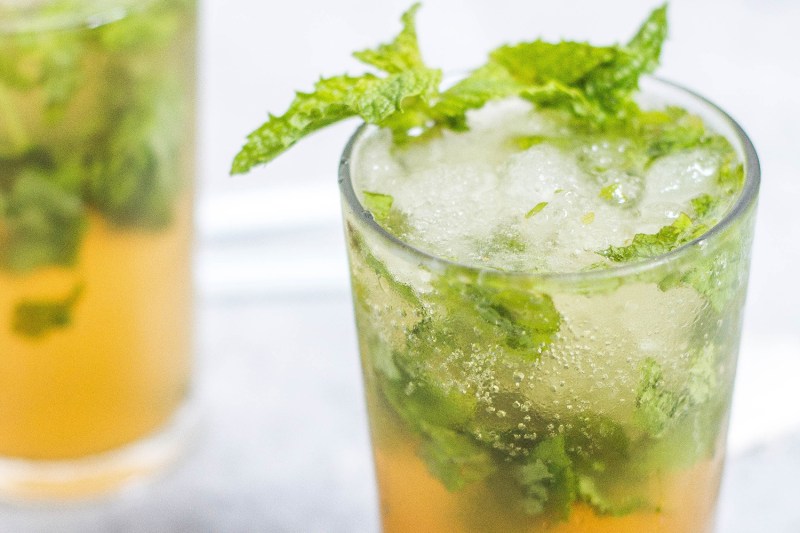Falernum sounds like the bone you never knew you had or a creatively named tropical storm. In reality, it’s closer to the latter — a fired-up Caribbean concoction that makes an assortment of classic tropical cocktails all the better.
The first of its kind was likely hatched in Barbados. Literature mentions it as early as the late 1800s, seen at busy ports and lazy beaches. In its infancy, falernum often contained some in-form ingredients of the time, like wormwood. And like so many palate-stretching drinks of yore, it was seen by some as having curative properties.

Several candidates vie for the honor of being named the inventor of invented falernum in the late 19th century, but it didn’t really come into drink nomenclature until the rise of the tiki establishments and the breezy escapism of the 1930s. Seems that once Americans started coveting tropical fruit flavors and rum-based cocktails, falernum became the quiet hero of most resort bars. It’s often lost in the small print of many a tiki bar, but its role is usually a significant one.
At its core, falernum is a soothing mix of baking spices, sugar, nuts (typically almonds) and lime. Its signature heat comes from ginger and there are both boozy and dry versions of the stuff. The former is made with overproof rum, resulting in a roughly 15-20% alcohol by volume liquid perfect for a Mai Tai. Think of it as a rowdier version of orgeat; nutty, but also plenty sweet, zingy, and even a little spicy.

Falernum is great in cocktails like the Zombie and the Corn ‘n Oil. It’s also incredibly refreshing simply mixed with club soda and a twist of lime. In addition to its pronounced flavor profile, falernum also brings a certain textural element to the bar table. With varying sugar contents, it can come across anywhere from lean and relatively light to downright velvety. Try adding some next time you put together a daiquiri or with some festive egg nog with a punch of nutmeg on top.
It’s also tasty away from the bar. Try it with some vanilla ice cream or frozen yogurt, or drizzled atop some diced plantains before they get caramelized. Falernum is certainly more sweet than savory but some of its more subtle baking spice and almond notes can sometimes get lost in an elaborate umbrella drink. It’s even interesting poured into a good cola or iced tea.
While it’s fairly easy to whip up a batch at home, there are also some nice pre-made options. Check out riffs by BG Reynolds and Tippleman’s and start imbibing like you’re parked on some coral-strewn, turquoise bay. And there’s no time like the present, as falernum touts a unique ability to marry the zesty, free-spirited fun of summer with the cozy, enveloping, spice cabinet flavors of winter.


